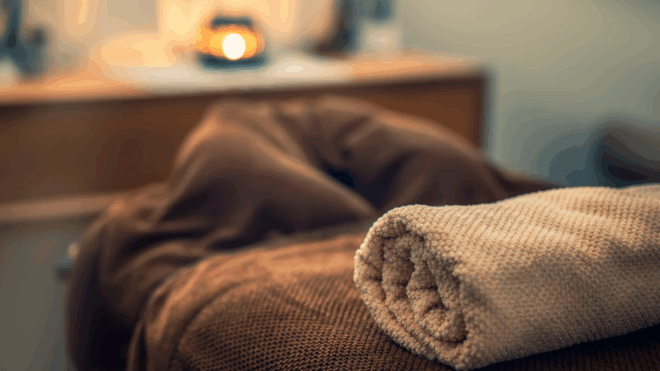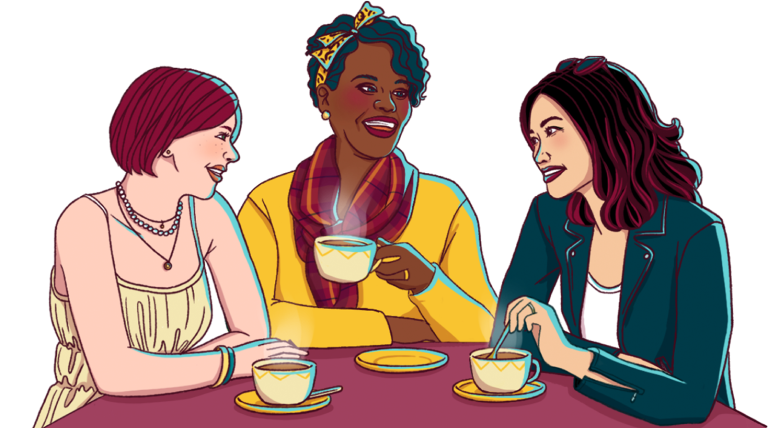The world's first 100% plant-based burger that bleeds like real meat has been five years in the making — but you can now walk into a restaurant and order it.
Created by California startup Impossible Foods, the "Impossible Burger" was served on the regular menu of a restaurant for the first time on Tuesday, July 27.
I went to David Chang's Momofuku Nishi in New York City, where the burger is being offered exclusively, to taste test it and possibly witness history being made.
Of course, this is New York and there was a line that went around the block.
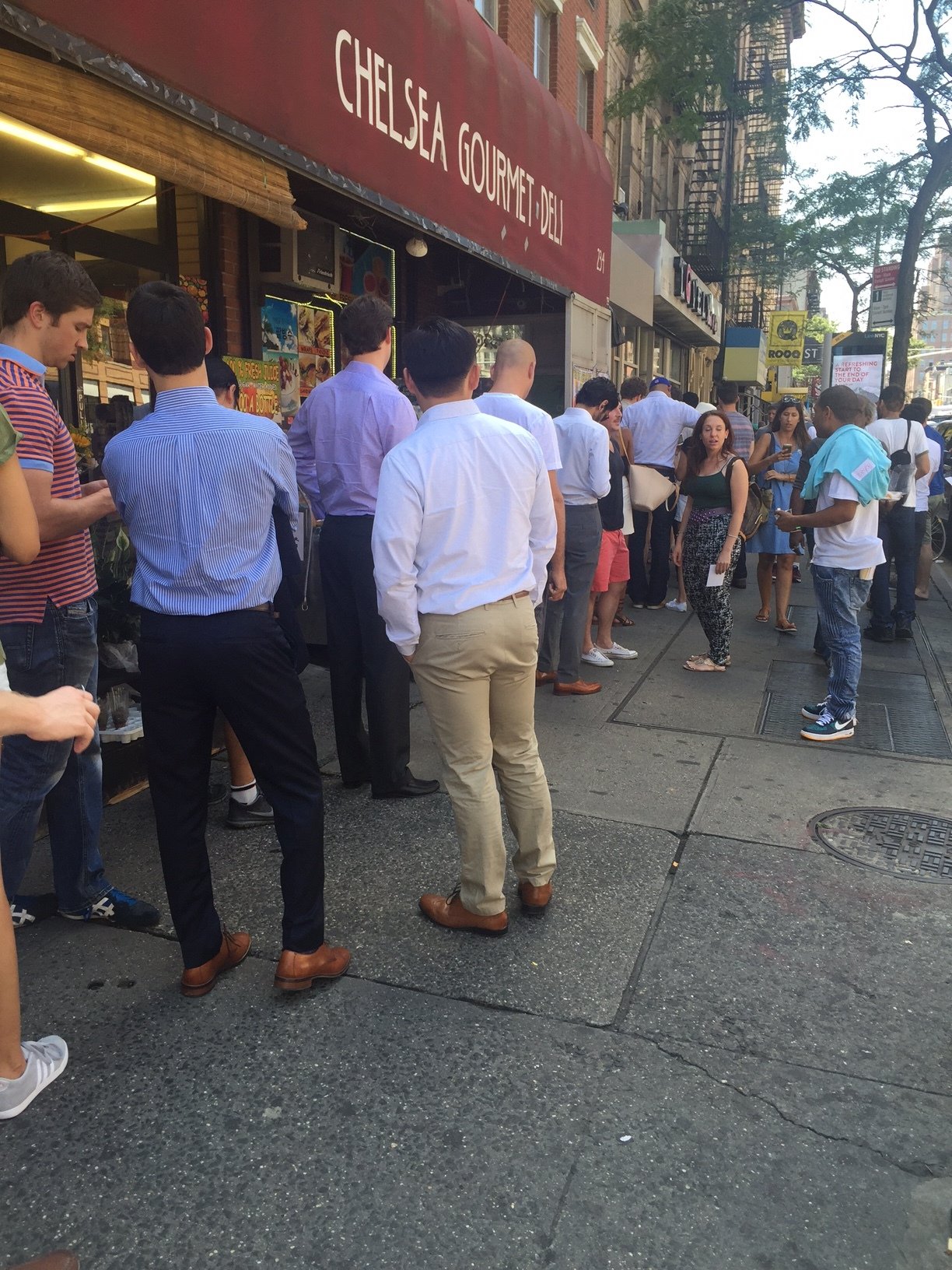
Momofuku Nishi opens for lunch at noon. We arrived promptly at the opening hour and were greeted with this line.
Restaurant employees passed out water and menus to people in line on the 91 degree day.
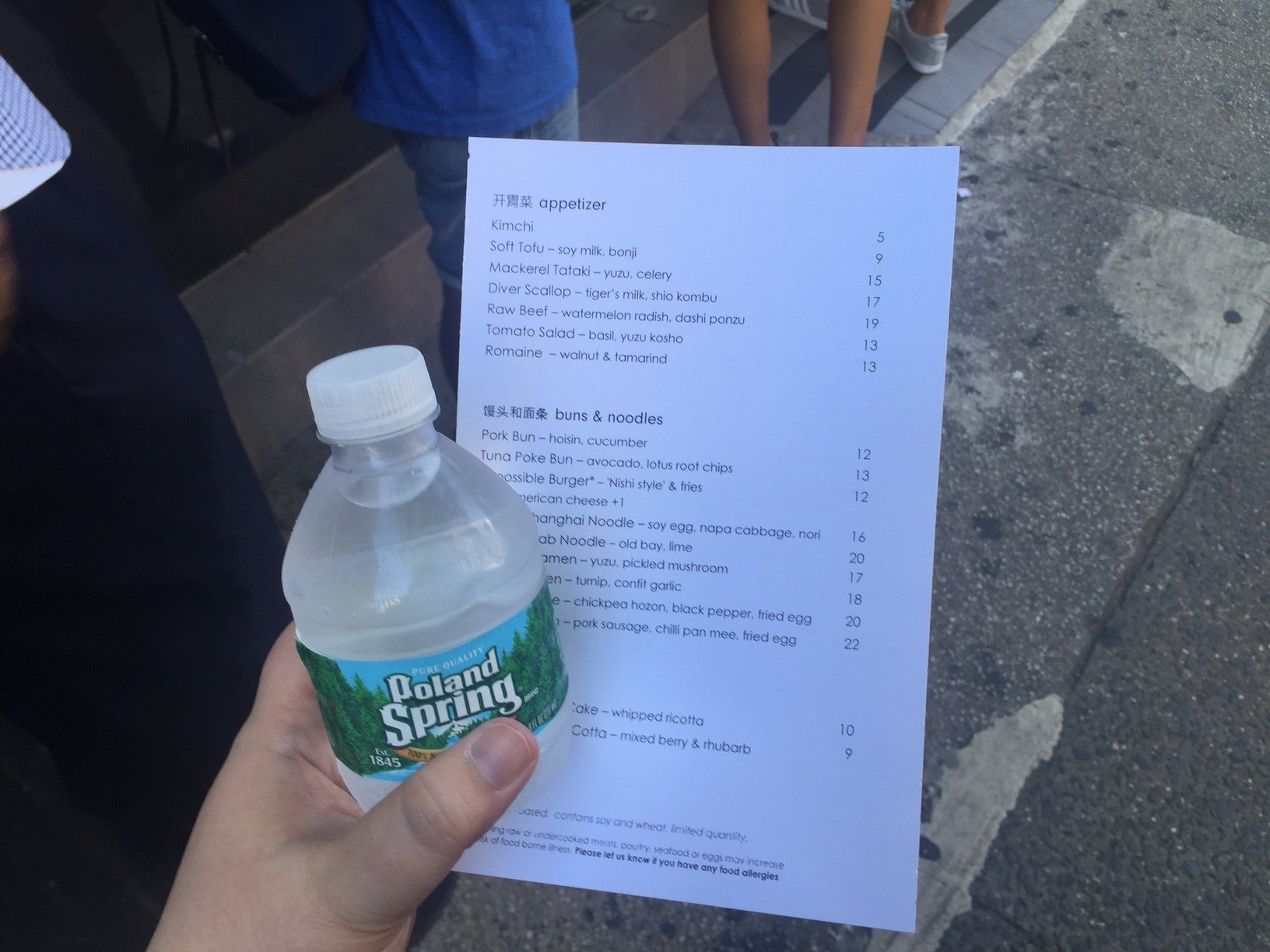
After approximately 30 minutes in line, we reached the nondescript storefront and put our names on the wait list. "We'll text you in about 45 minutes when your table is ready," a polite-but-frazzled host explained.
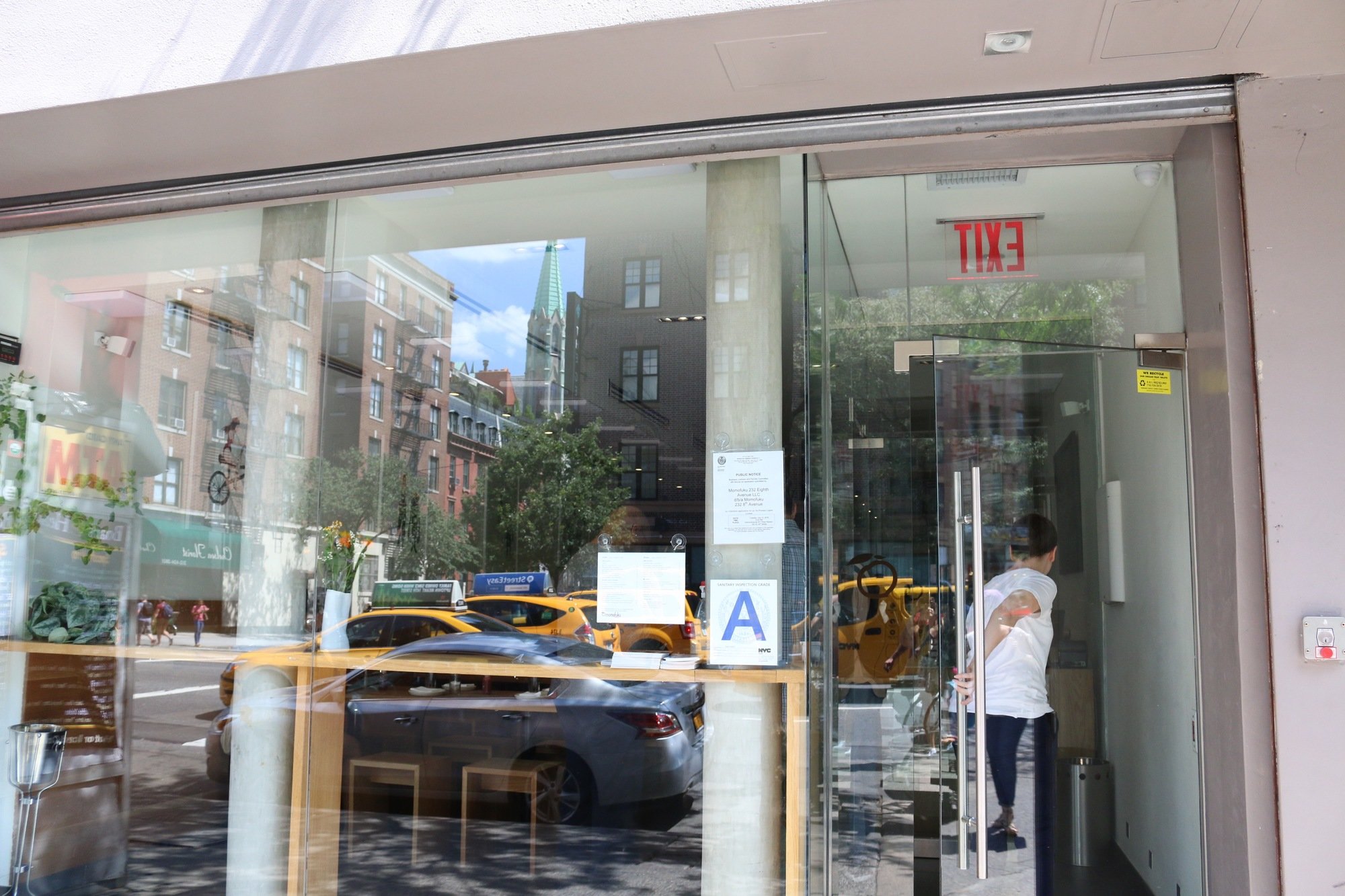
After an hour and 10 minutes, we were in. The place was packed to the gills and burgers were flying out of the kitchen one after another.
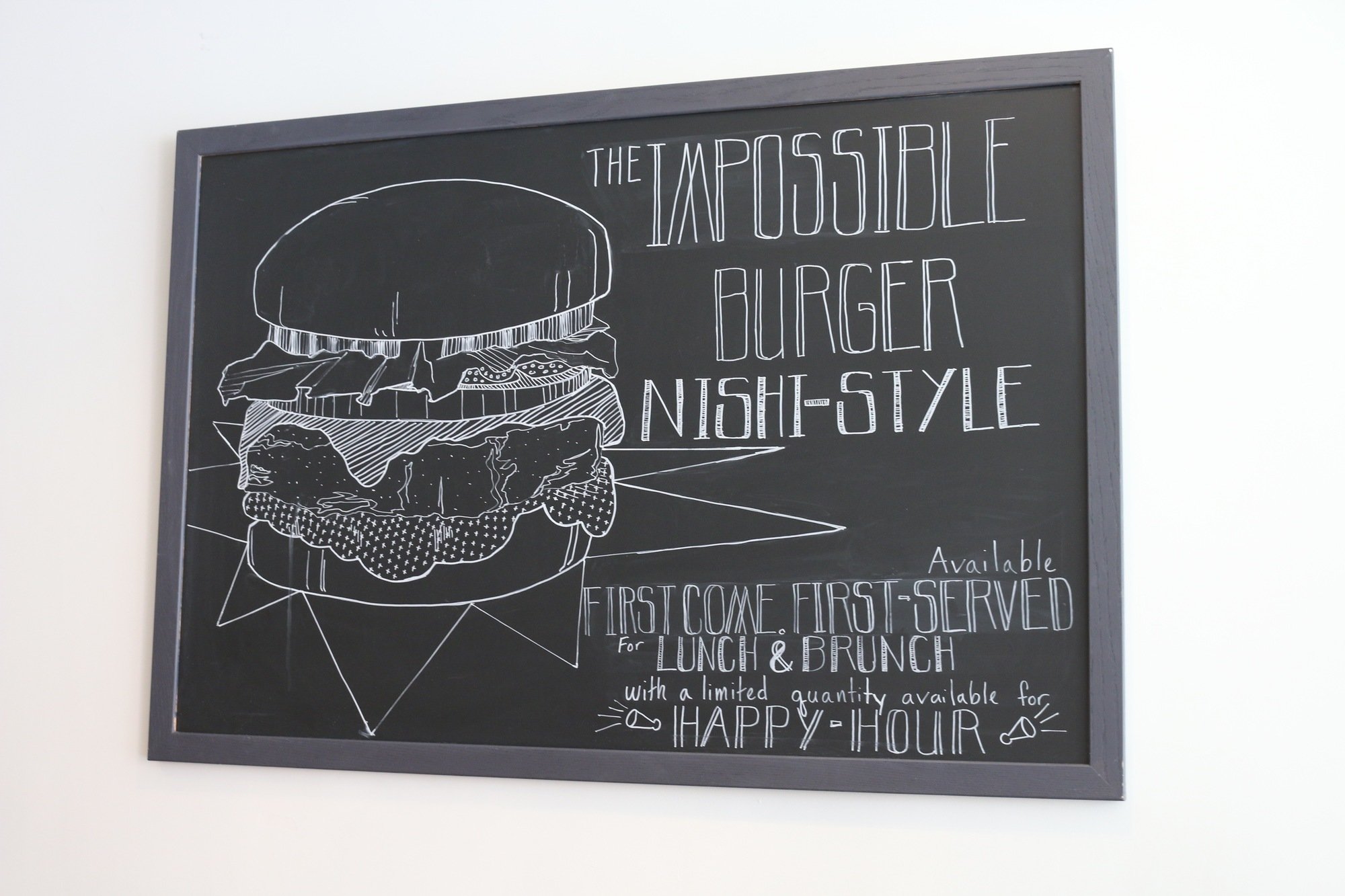
It's important to note that Nishi is not a burger and fries joint.
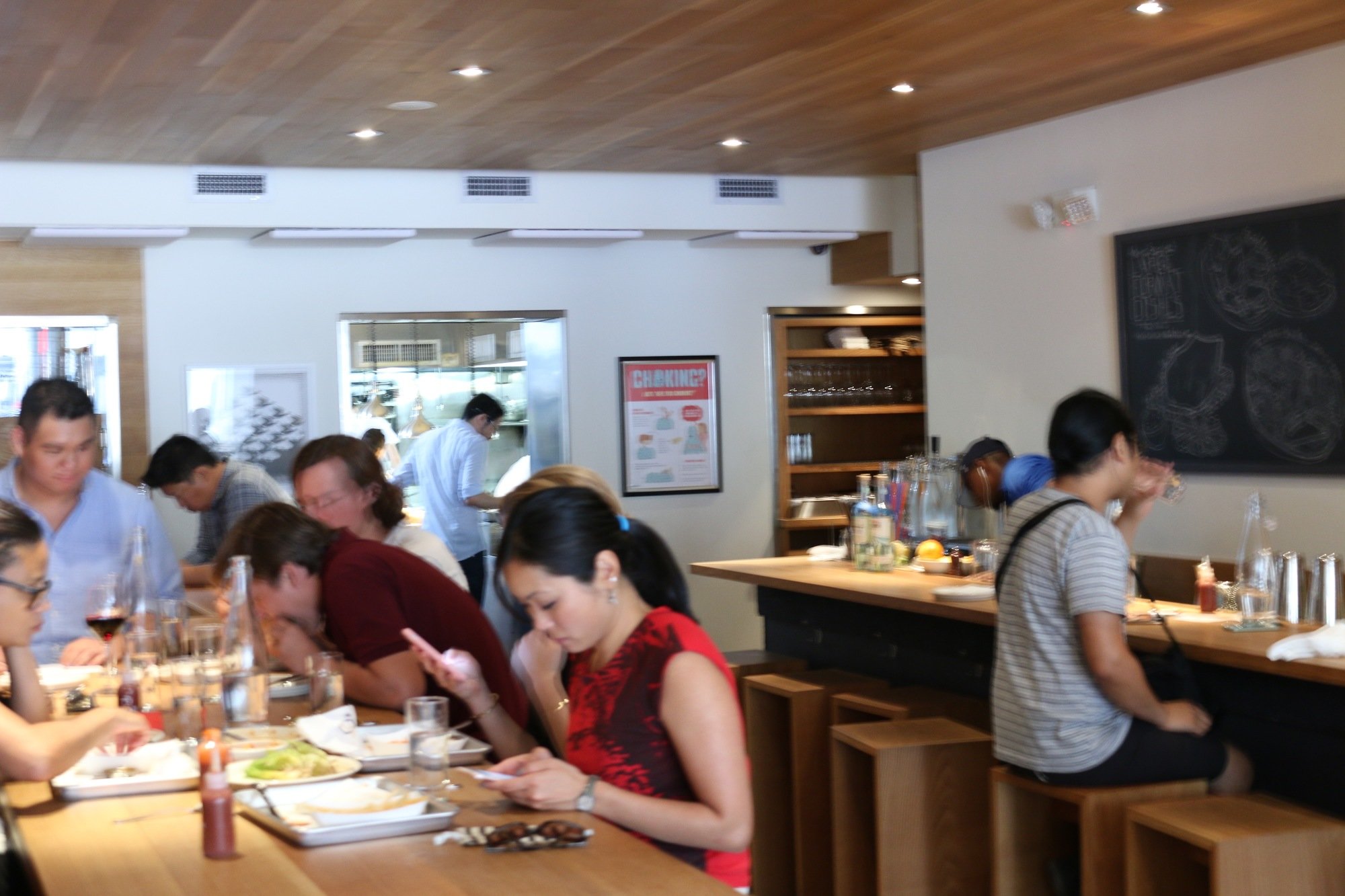
It's an Italian-Korean fusion restaurant where you can find dishes like chickpea butter cacio e pepe (aka butter noodles), upscale ramen, and bao buns filled with pork or tuna poké.
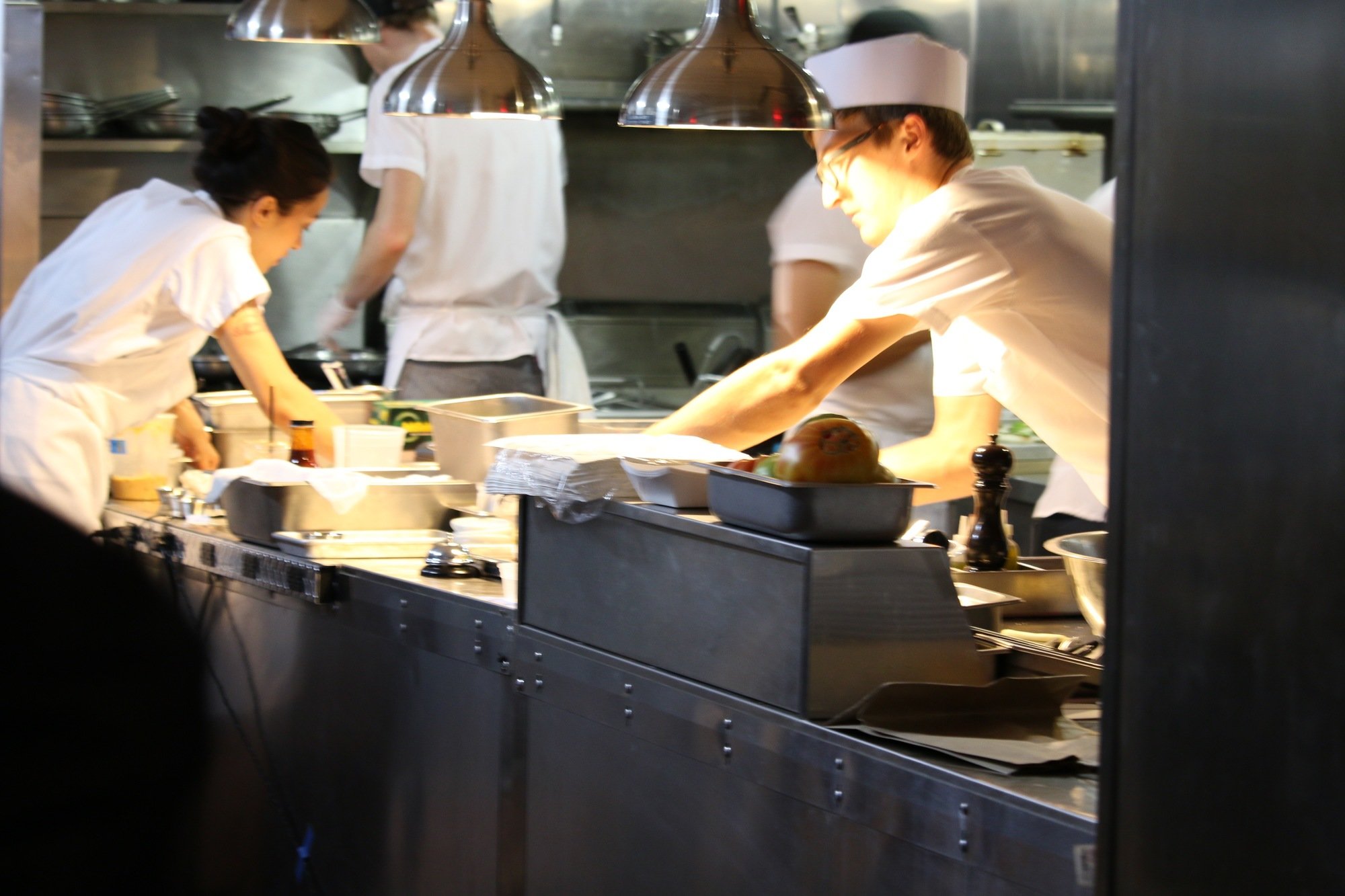
But it's the burger that brought us here.
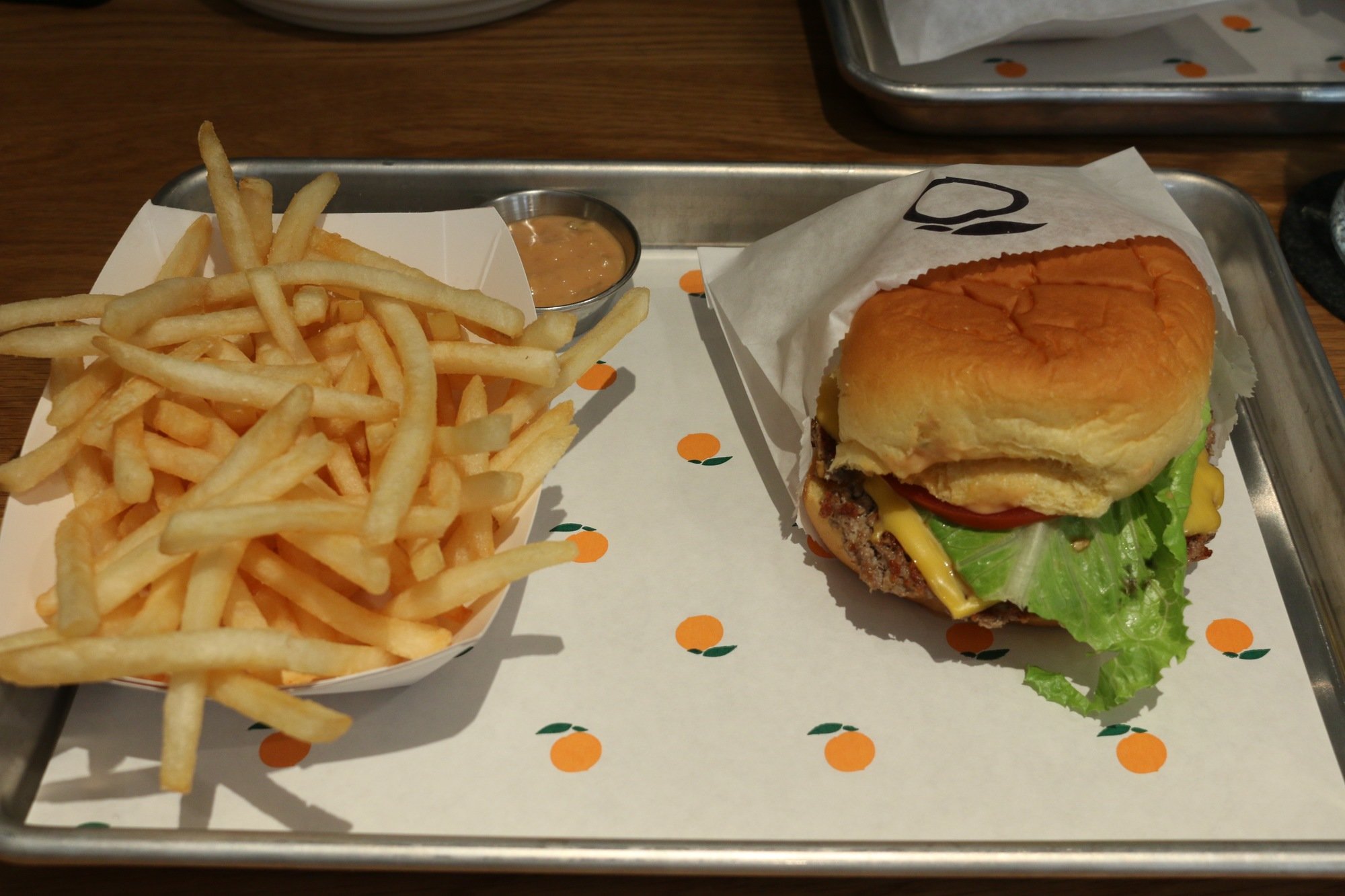
Five years of research. $180 million in funding. And it can be yours for $12 without cheese, $13 with cheese.
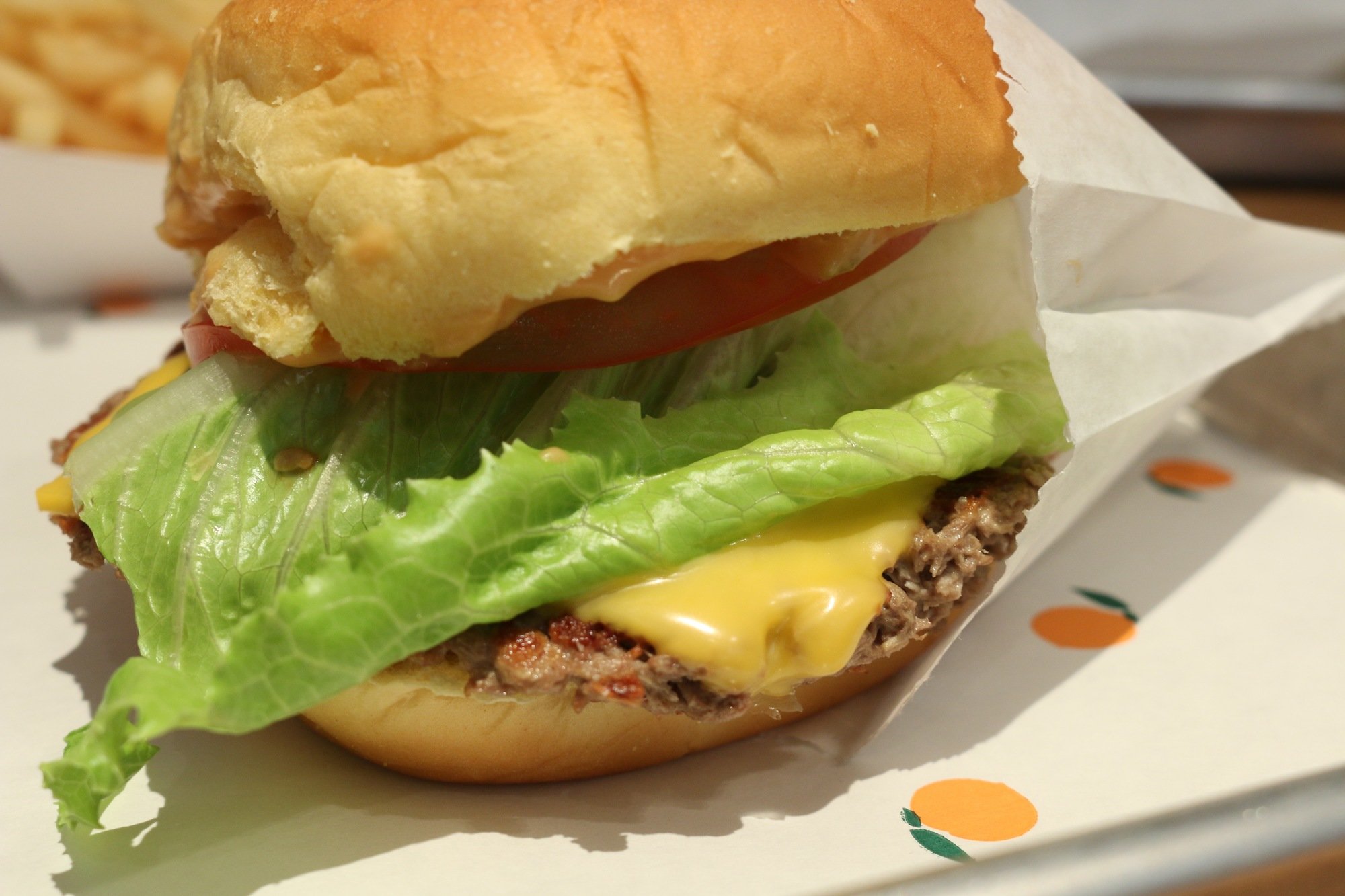
The fries are included in the price and no, the cheese is not vegan.
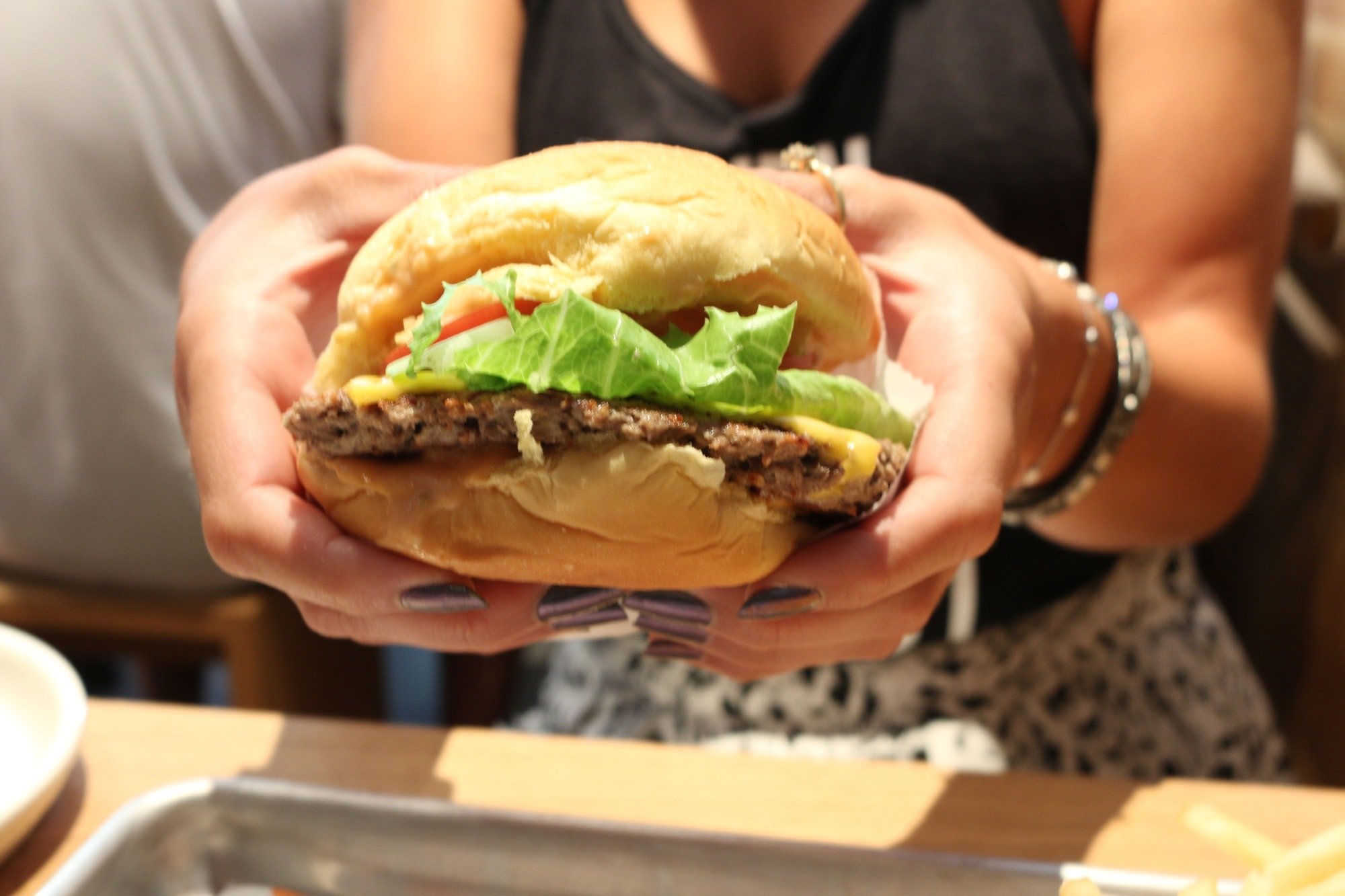
"It tastes like an umami bomb," chef Chang said during a Facebook livestream witch VICE.
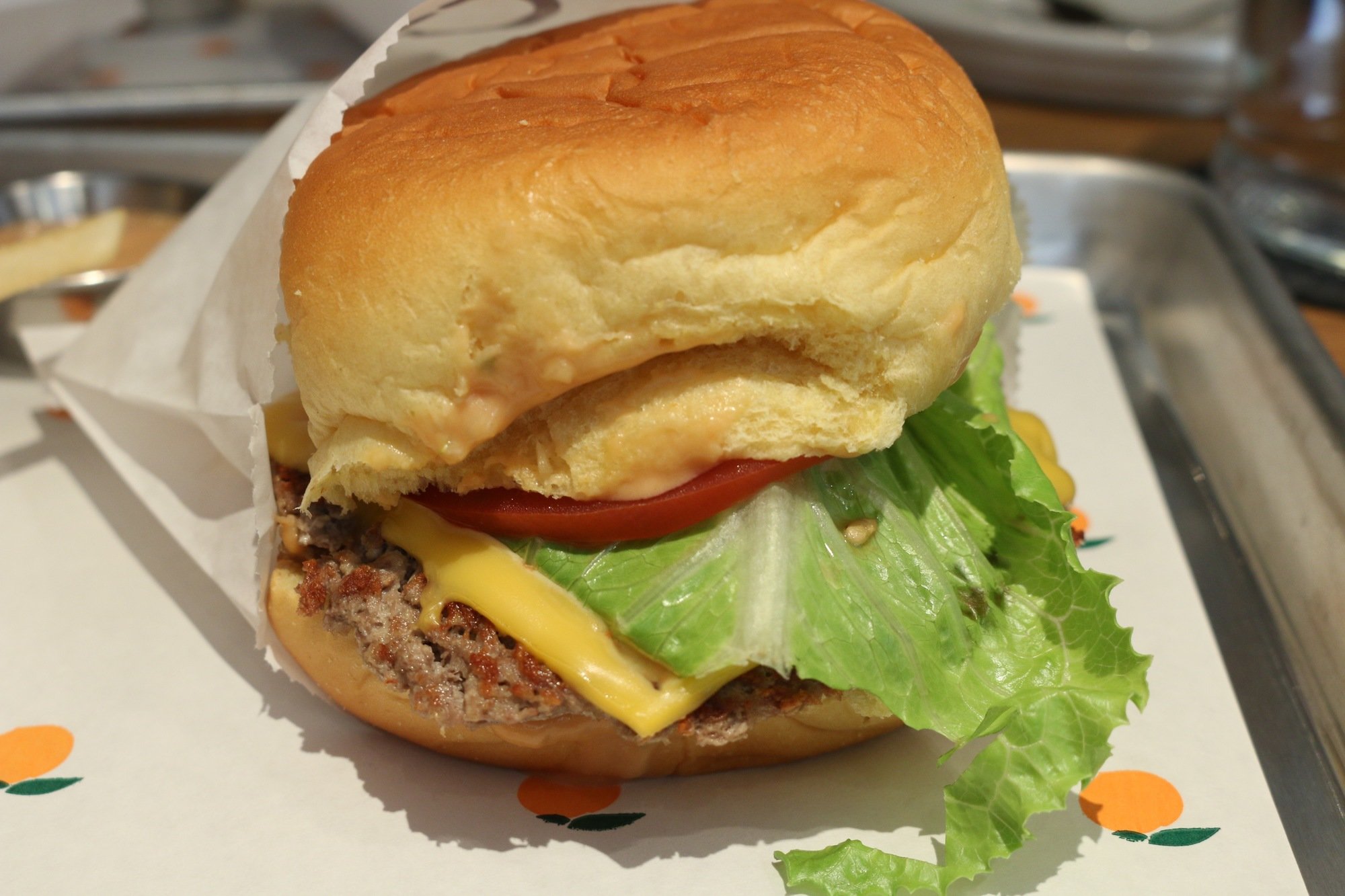
Check out that livestream here.
It looks like meat. It cooks like meat. It tastes like meat.
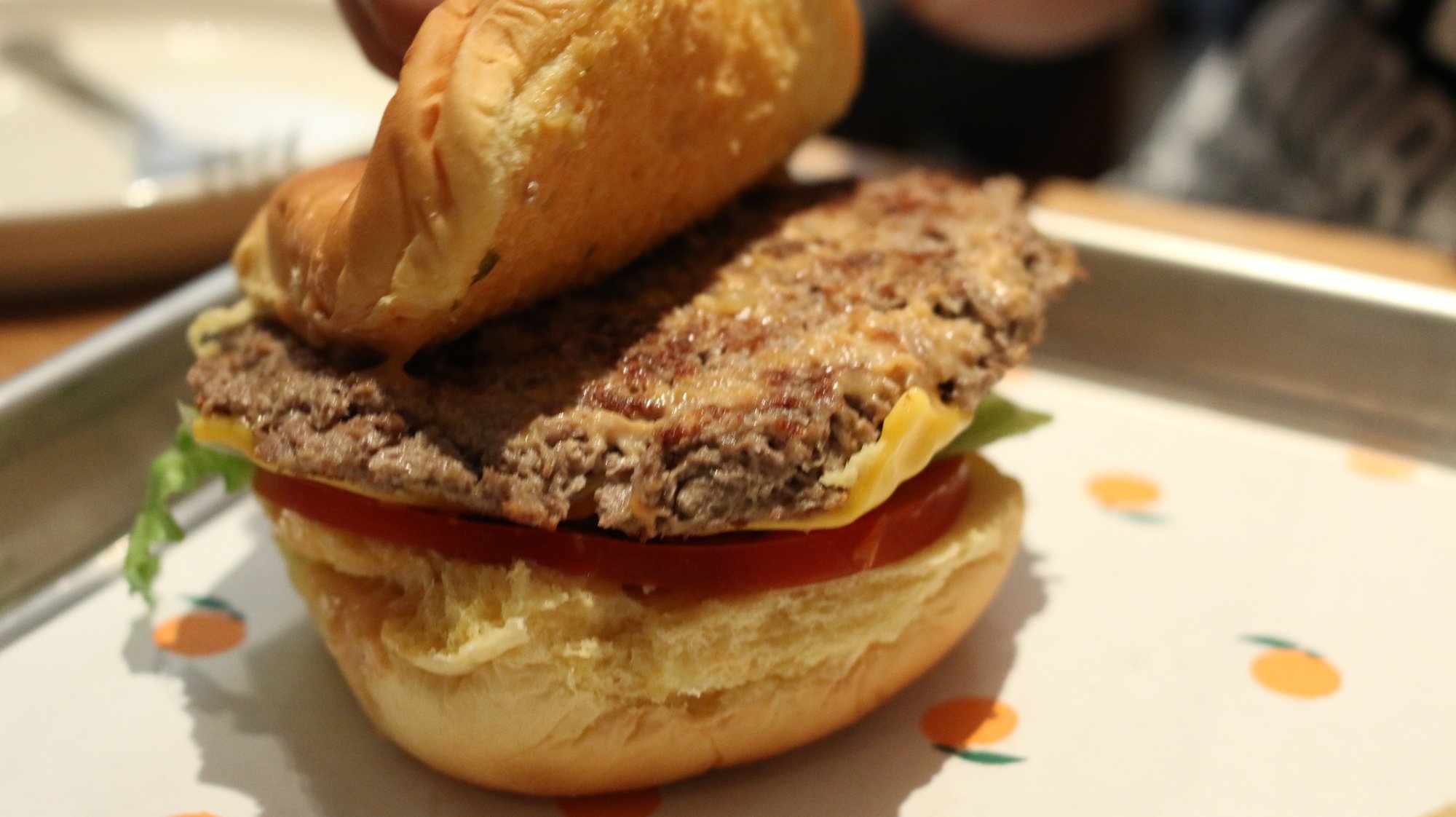
And yes, it bleeds like meat.
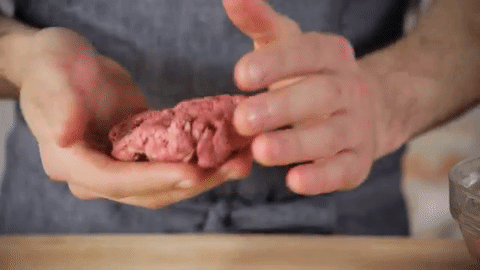
This is the burger's secret ingredient, "heme," short for hemoglobin. It's a kind of plant blood.
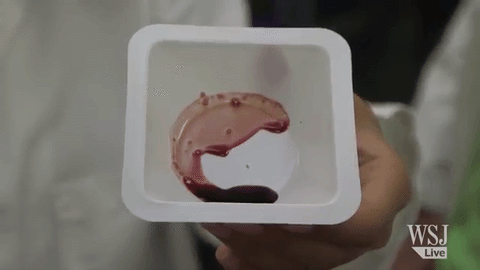
Heme is what makes meat taste like meat.
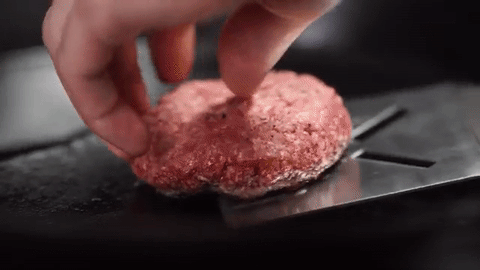
It's also the reason this veggie burger is like no other veggie burger on the market. Initially, Impossible Foods CEO Patrick Brown didn't endeavor to make veggies taste like beef; he looked to find what makes meat so delicious. The answer: hemoglobin. It's what makes your blood red and it's found in the cells of plants and animals.
Nutritionally, the Impossible Burger is almost identical to a regular burger. It has slightly fewer calories, slightly more protein, and no cholesterol.
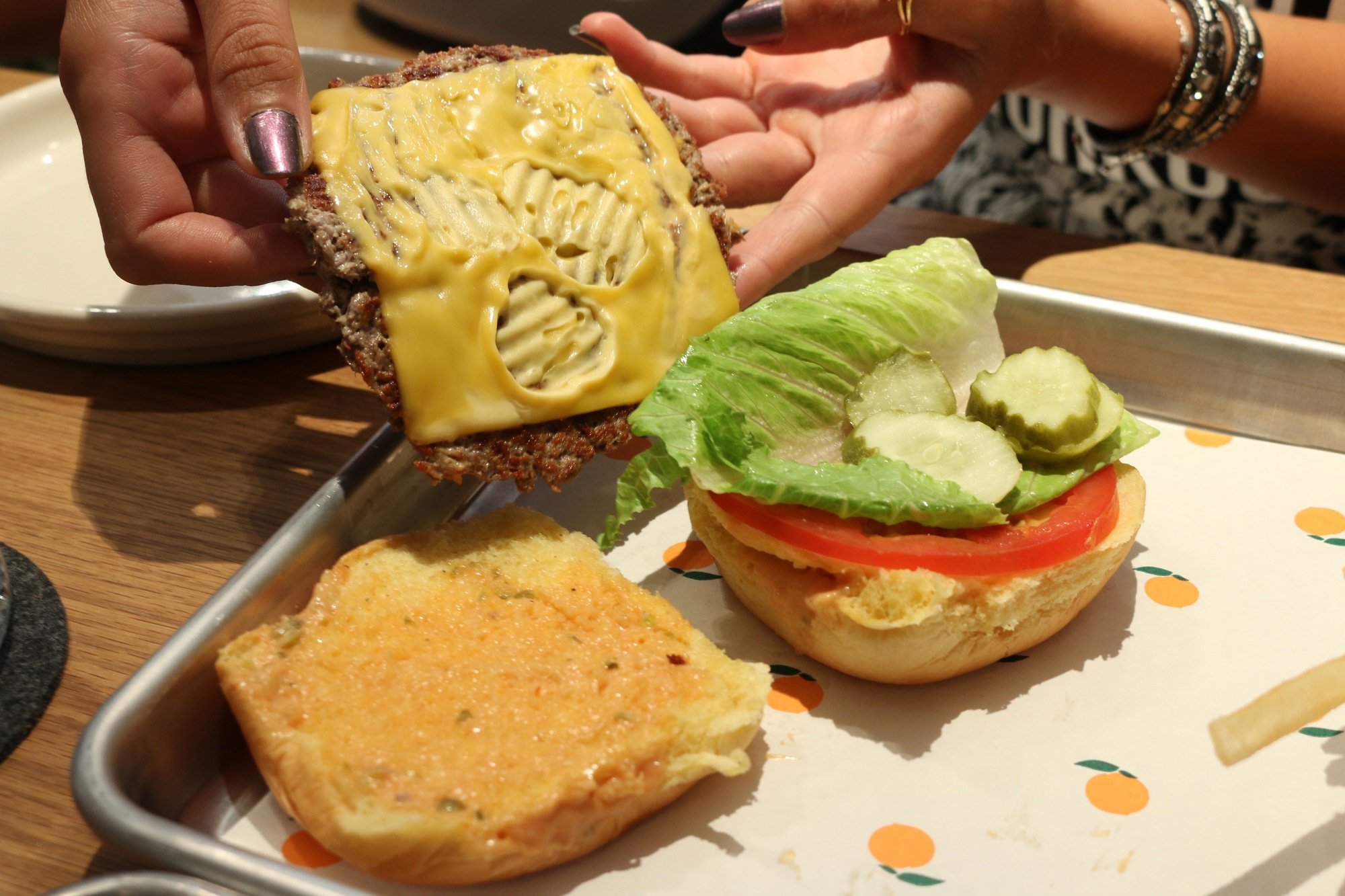
With the traditional fixings and an extremely pillowy house-made potato bun from Nishi, I would have never guessed that this wasn't animal meat.
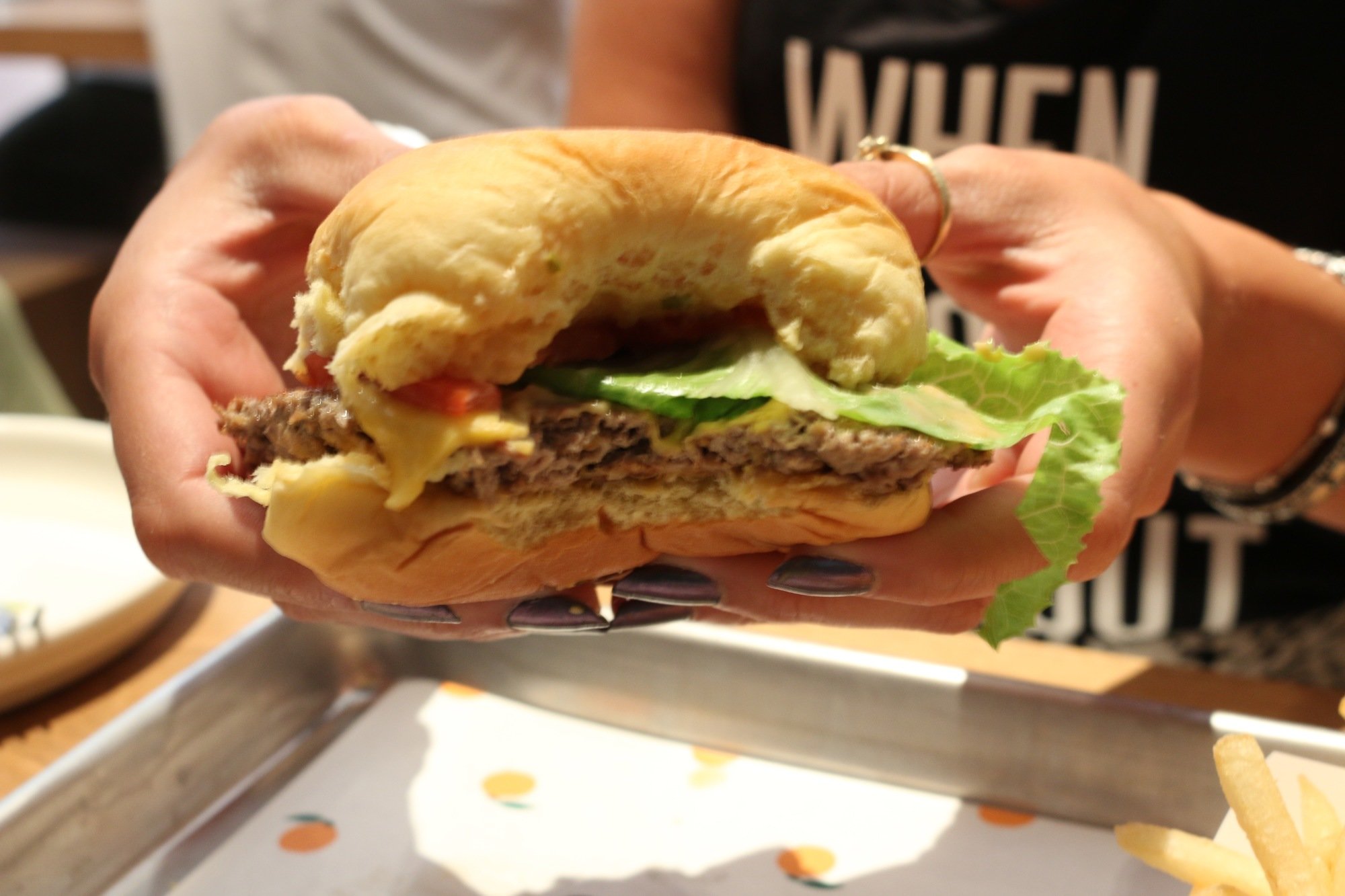
On my burger: lettuce, tomato, pickles, secret sauce.
HOWEVER, try the no-cheese patty on its own, and there is a faintly wheat-y aftertaste.
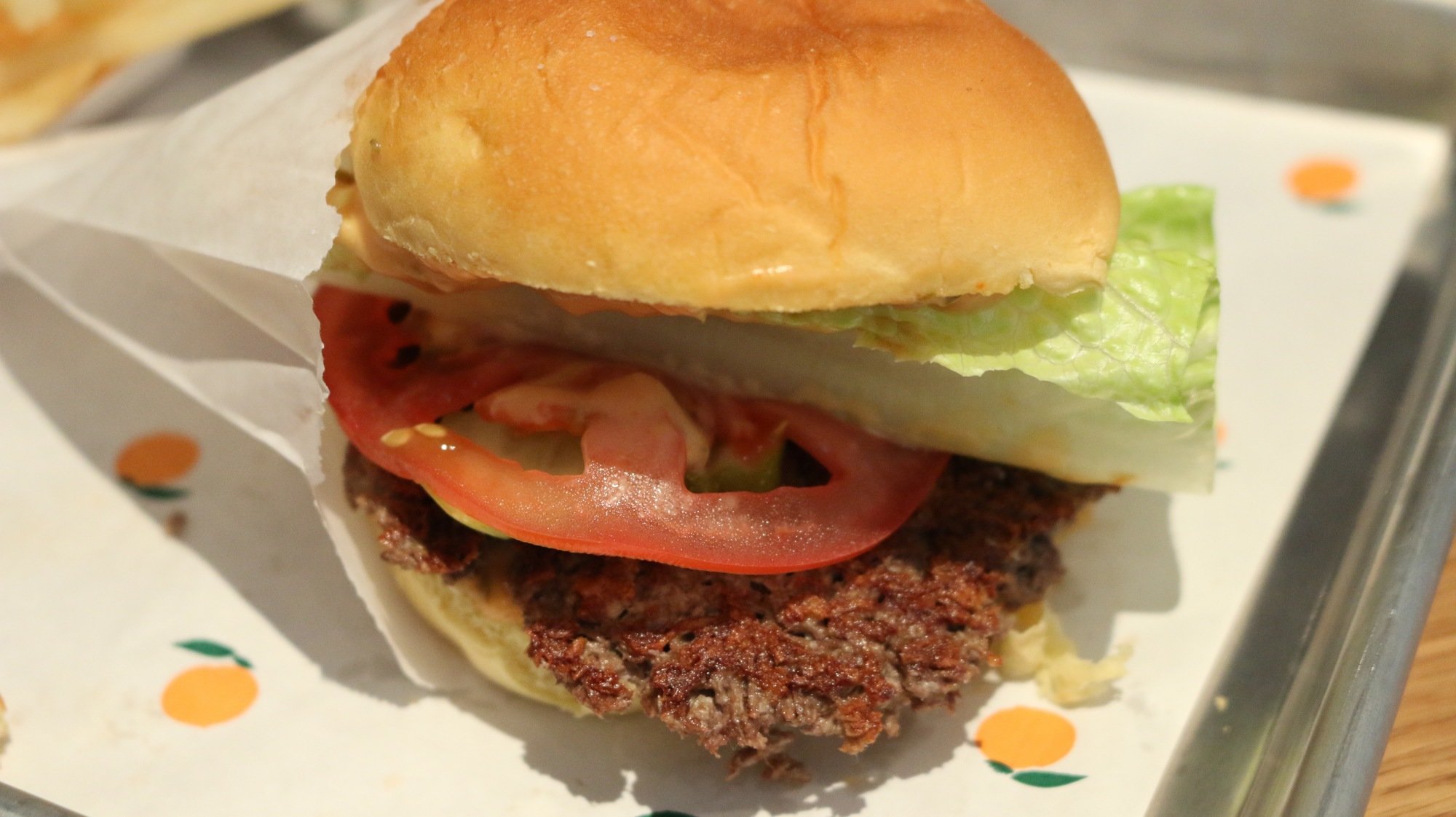
I also detected a hint of seaweed flavor when I ate the patty straight up. This aftertaste is probably why Chang makes his patties so thin. A thick patty would make the flavor — which is not all that unpleasant, just un-burger-like — more pronounced.
Still, if you asked me to guess what kind of patty this is, I'd probably say buffalo or some other wild game that I've never tried.
The patty sears on a griddle just like a normal burger, giving you that supremely satisfying meat crust.
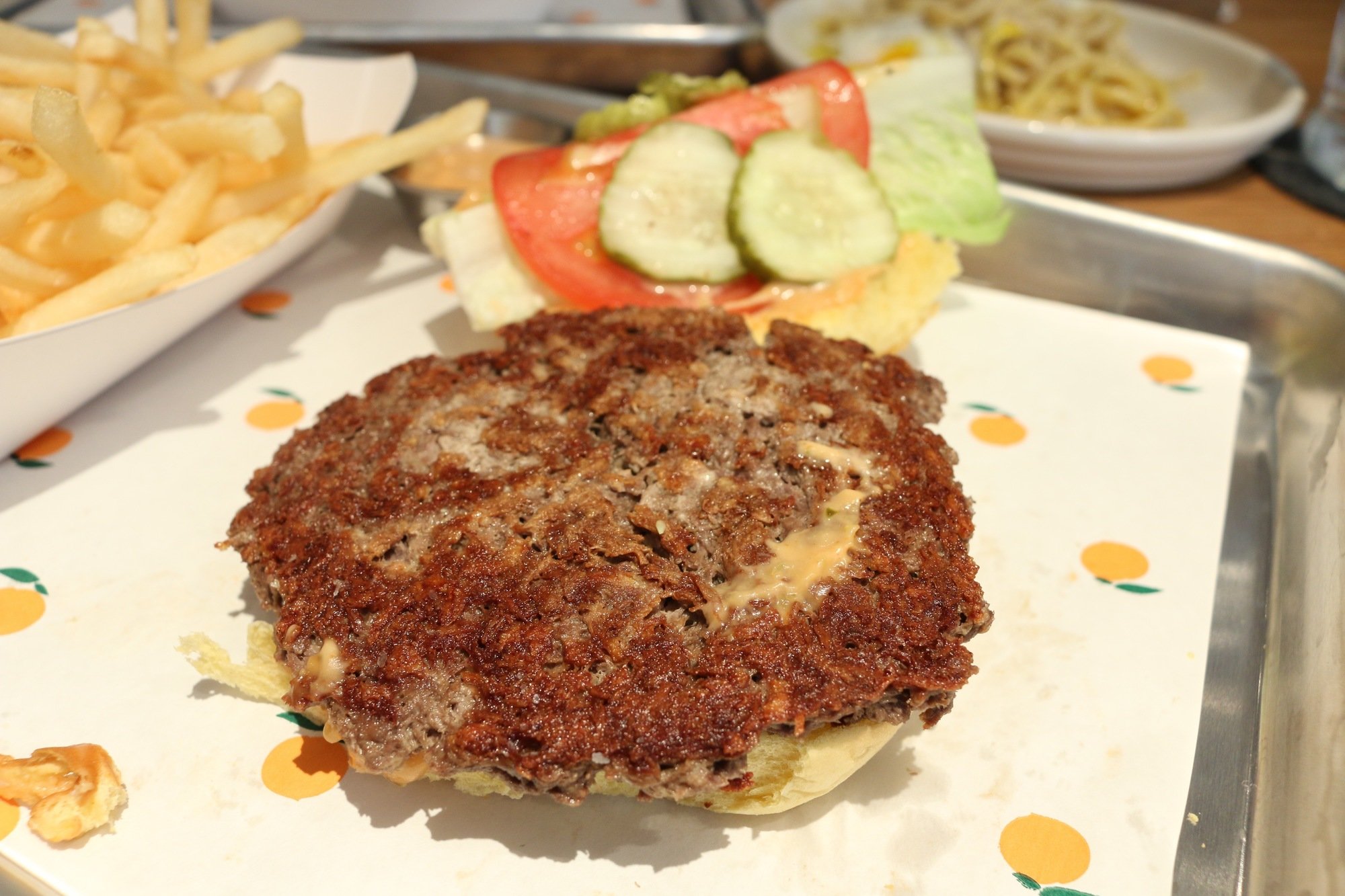
Impossible Foods CEO Patrick Brown says the meat actually sears at a lower temperature than regular meat. In the cooking demonstrations I've seen online, they do use oil to lubricate the pan before laying down the patty. (Sidebar: Brown says he served the meat tartare-style in Paris and people loved it)
Given the option of a regular burger or an Impossible Burger, I'd choose the latter eight out of 10 times — because it's that good to my palate and it's that good for the planet.
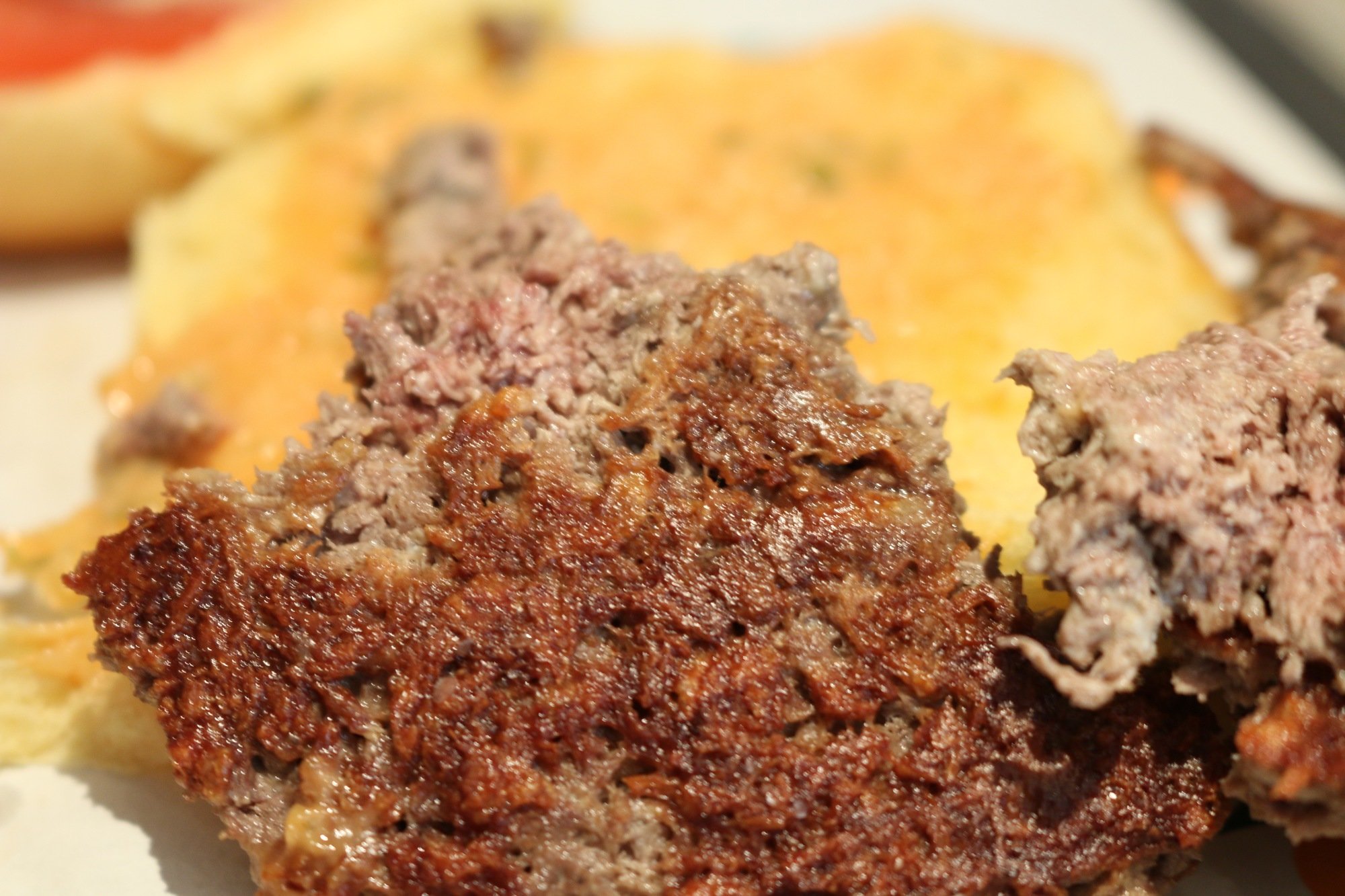
Note the pinkness in the center.
Indeed, if this catches on, it could truly change the world. "Because we don’t use animals, we can make it using 95% less land, 74% less water, and with 87% less greenhouse gas emissions," states Impossible Foods on its website.
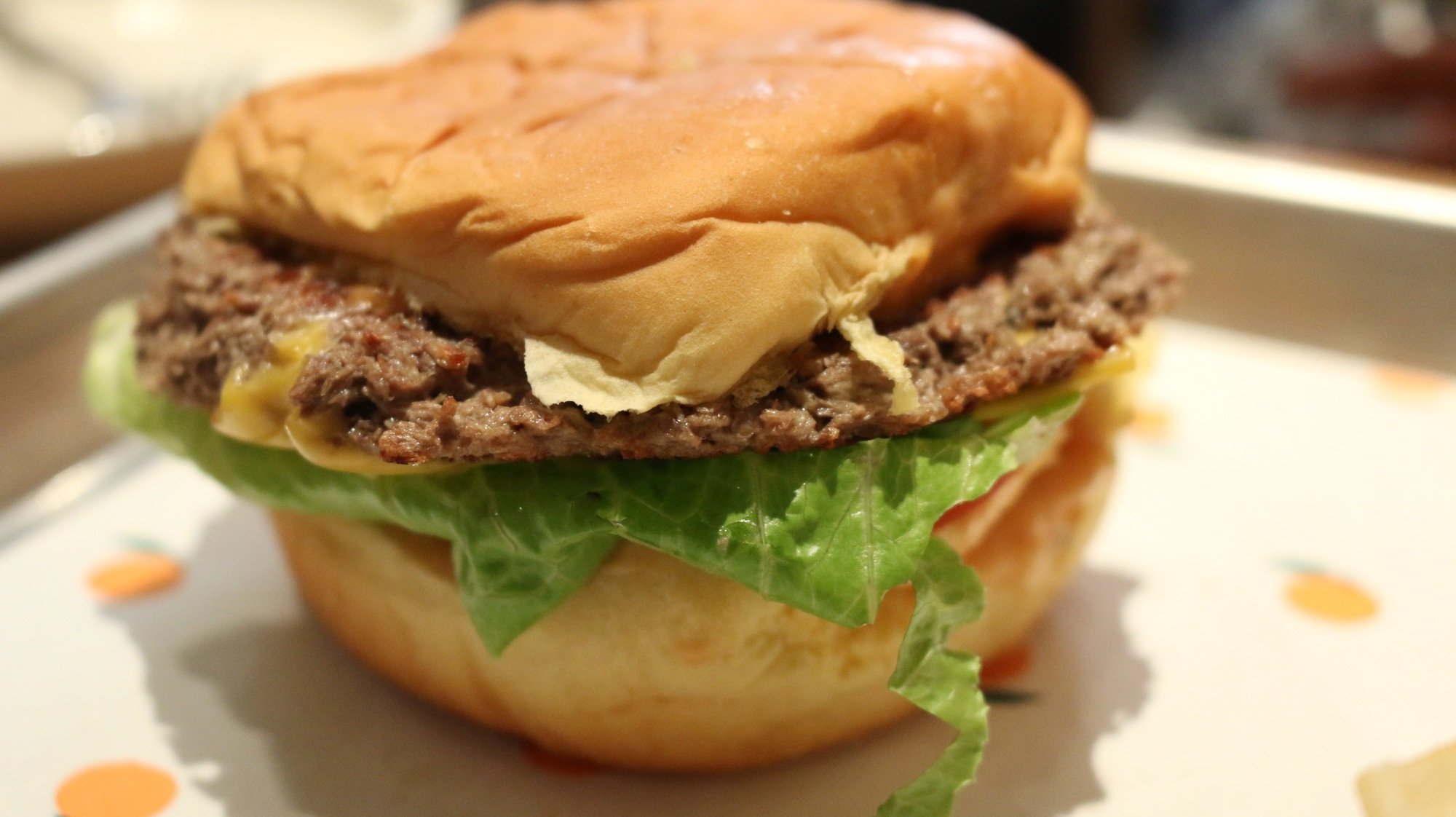
Brown says that, per burger, that equates to a 10-minute shower, 75-square-feet of land, and 18 miles on the road in terms of energy and natural resource conservation.
I walked away from Nishi satisfied, hopeful for how this new "meat" will only get better and better over time, and TBH, a little greasy.
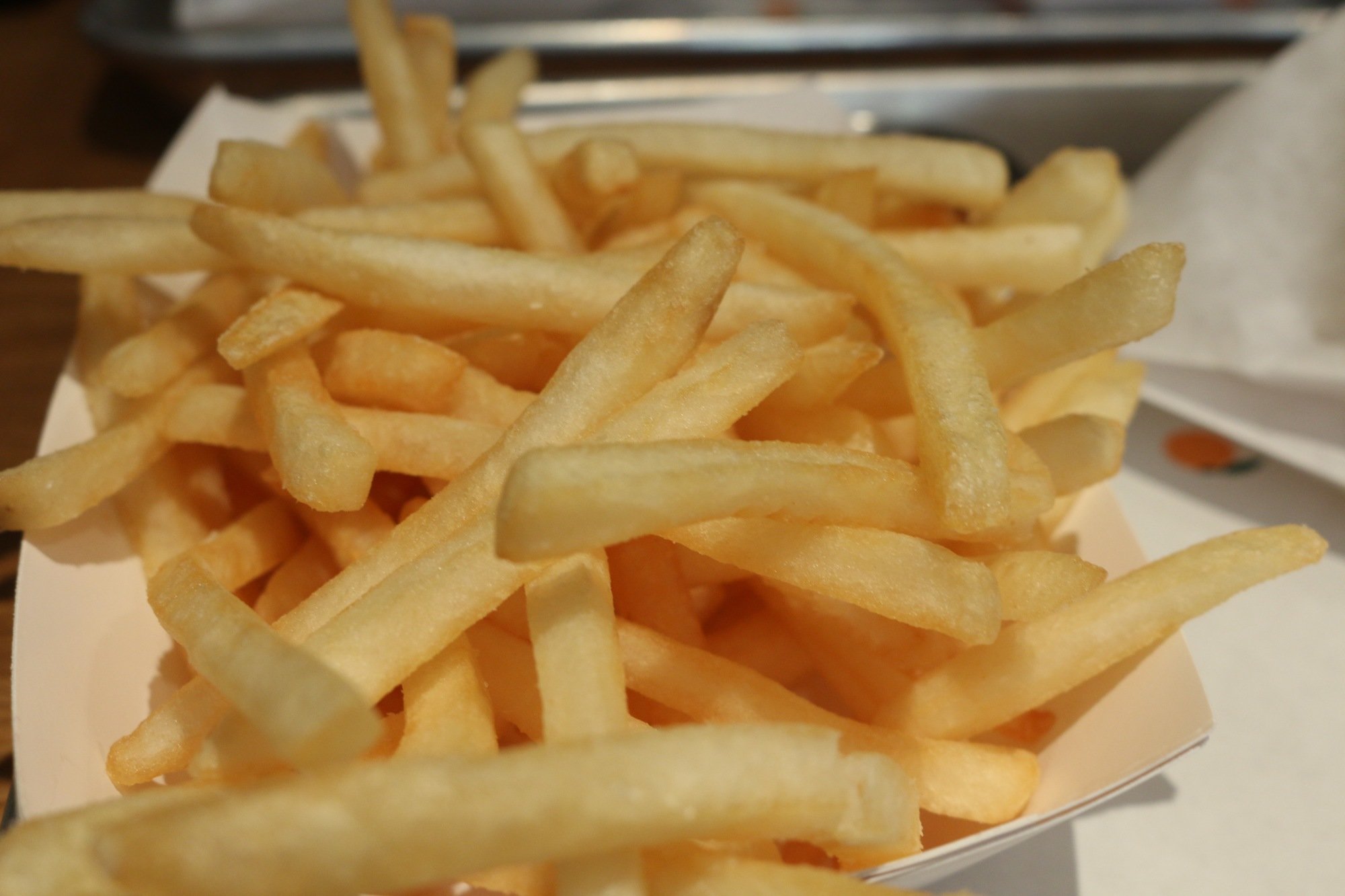
You know that feeling after you eat a big burger and fries? It's like you need a shower to get the guilt off. I got that. So did my dining companion.
The Impossible Burger will go beyond NYC this fall, when it premieres in select restaurants around San Francisco and LA.
According to a press release, "The company plans to expand to additional restaurants in the U.S., followed by grocery stores and overseas markets as production capacity rises over the coming several years."


